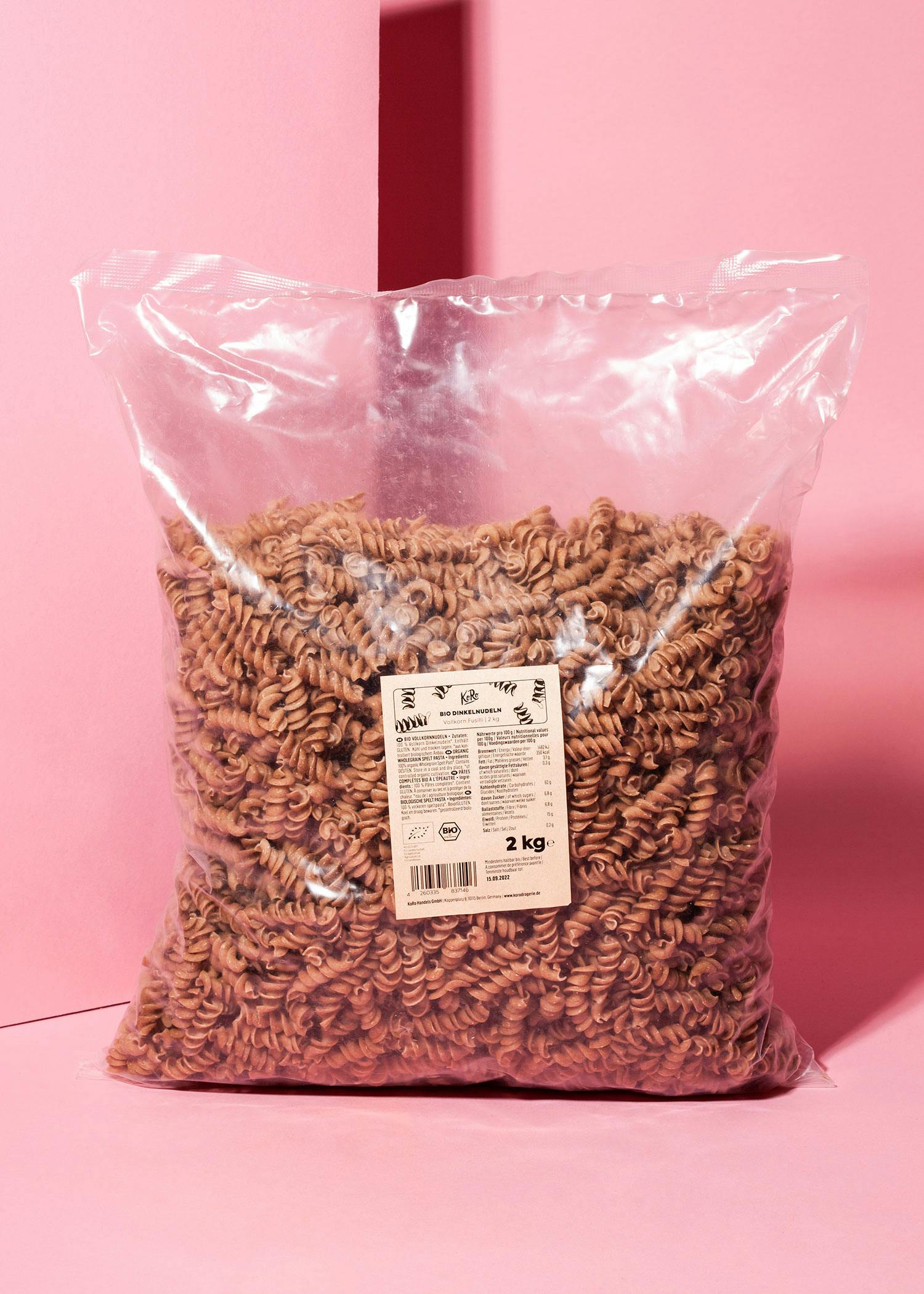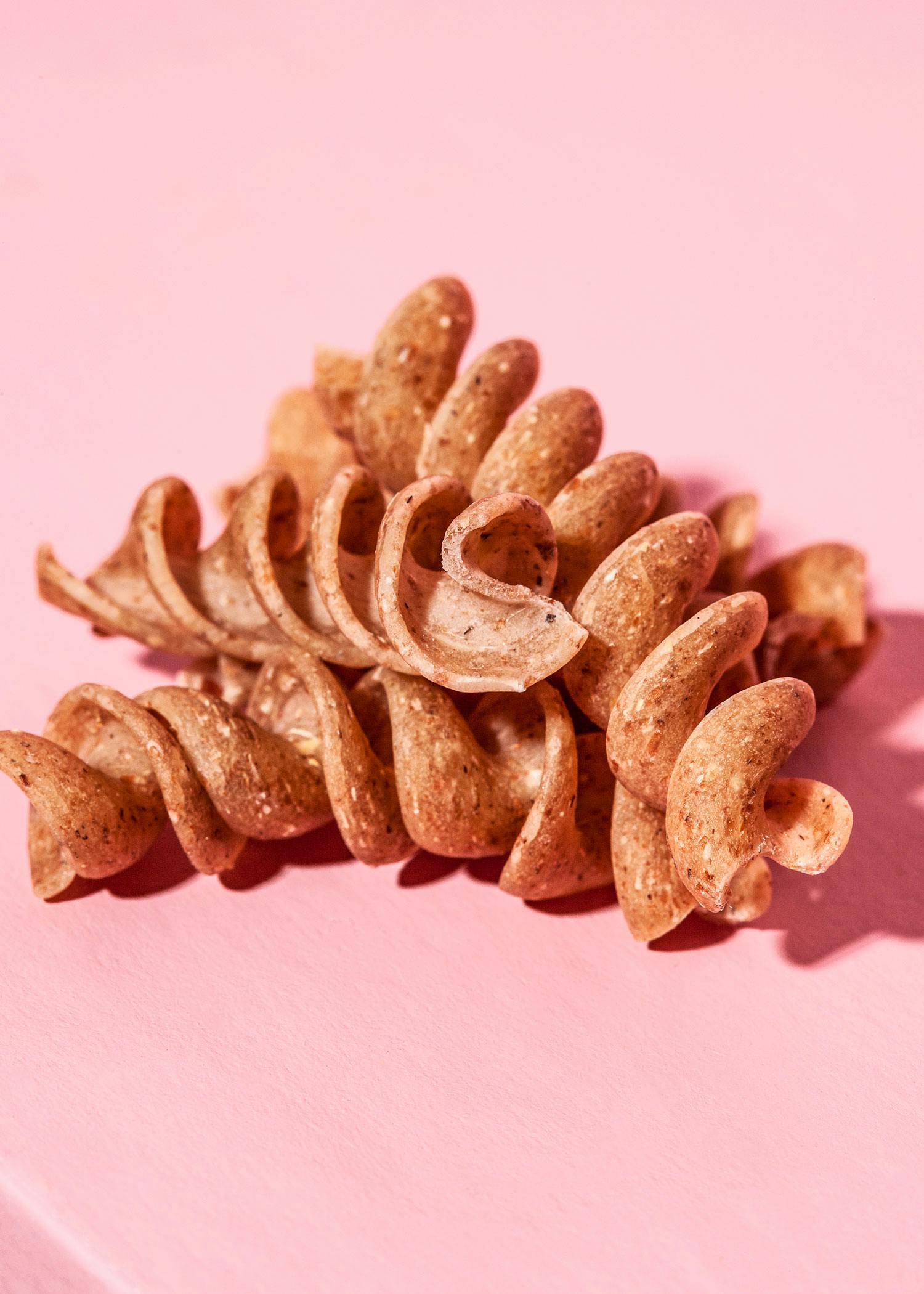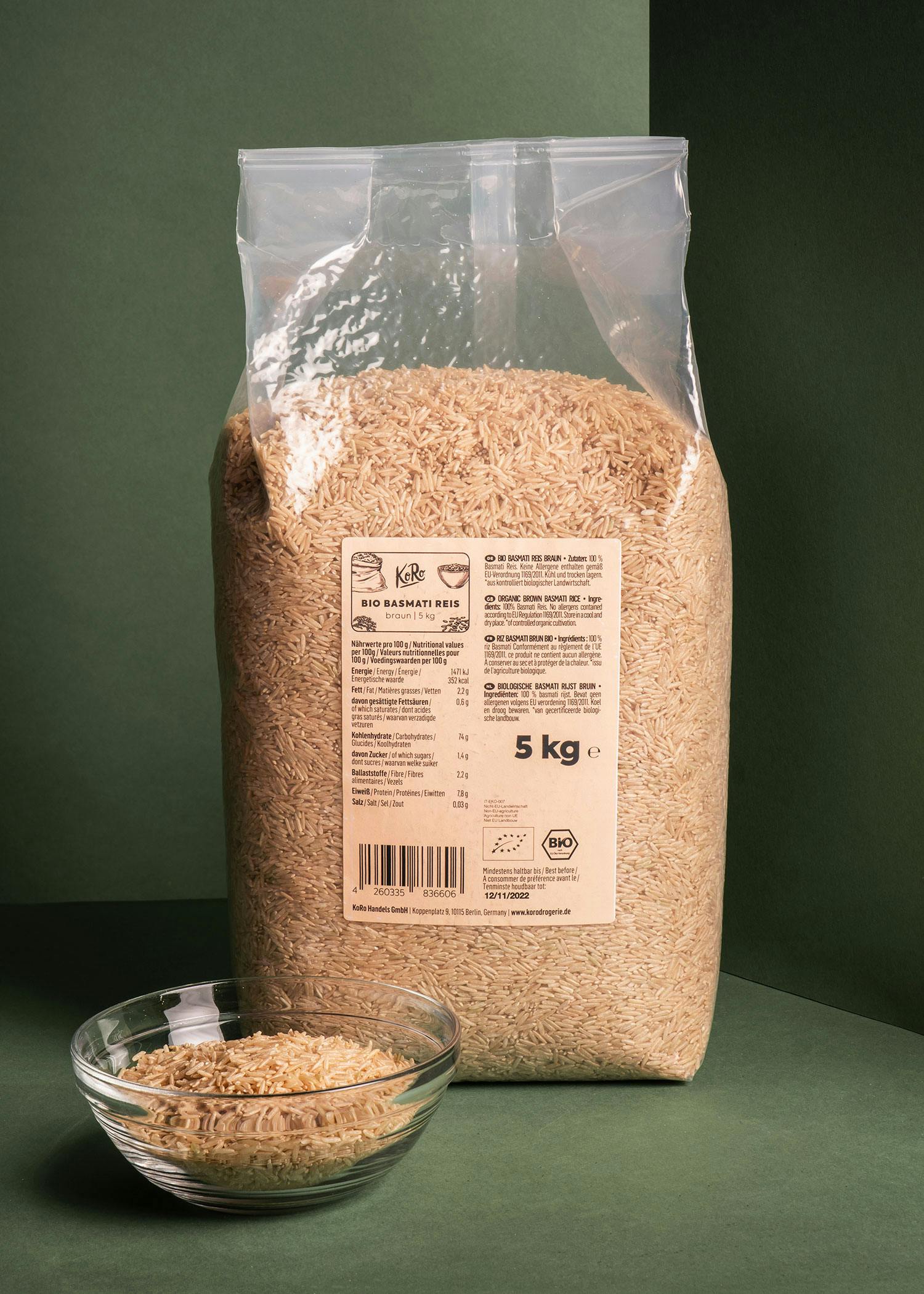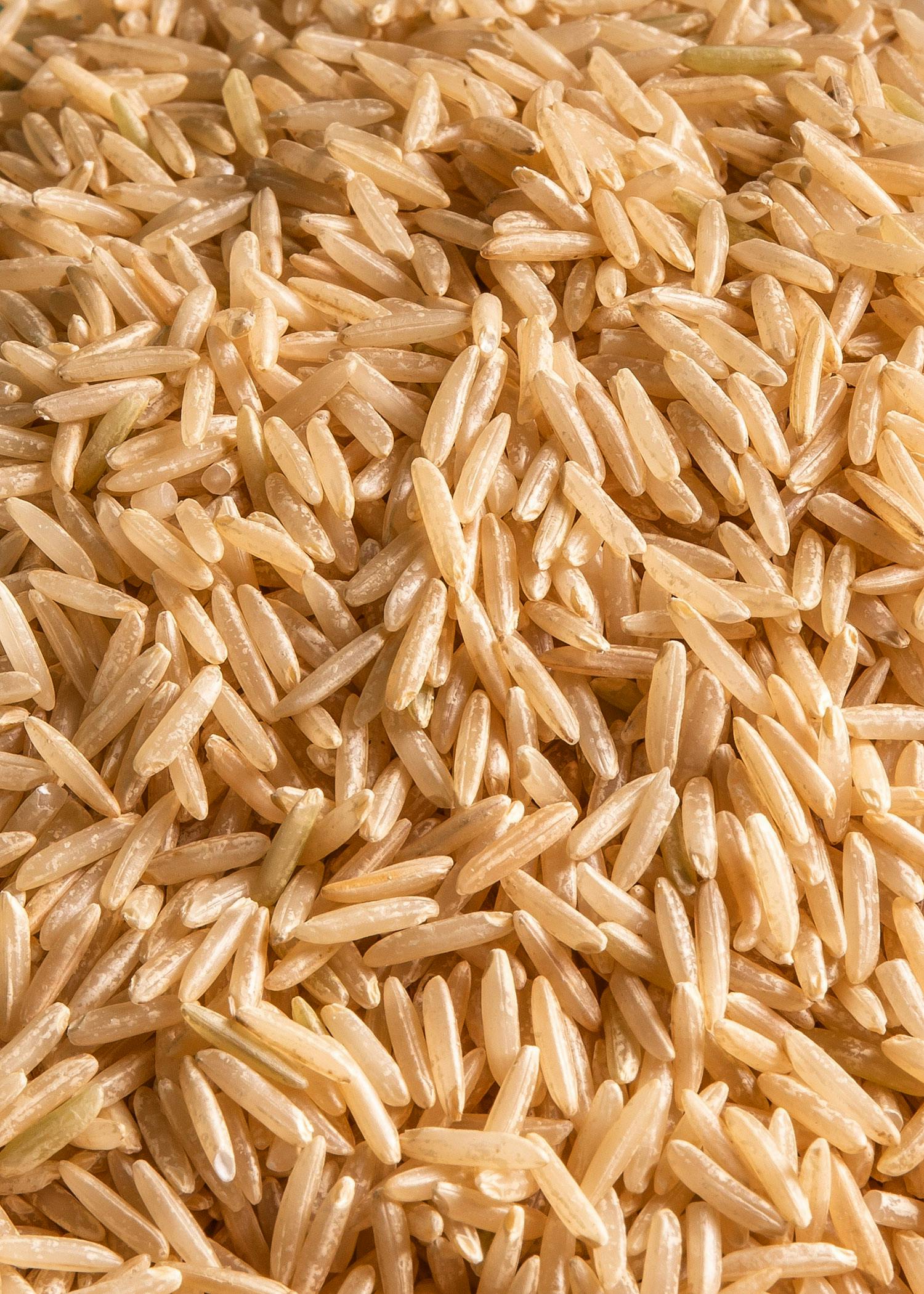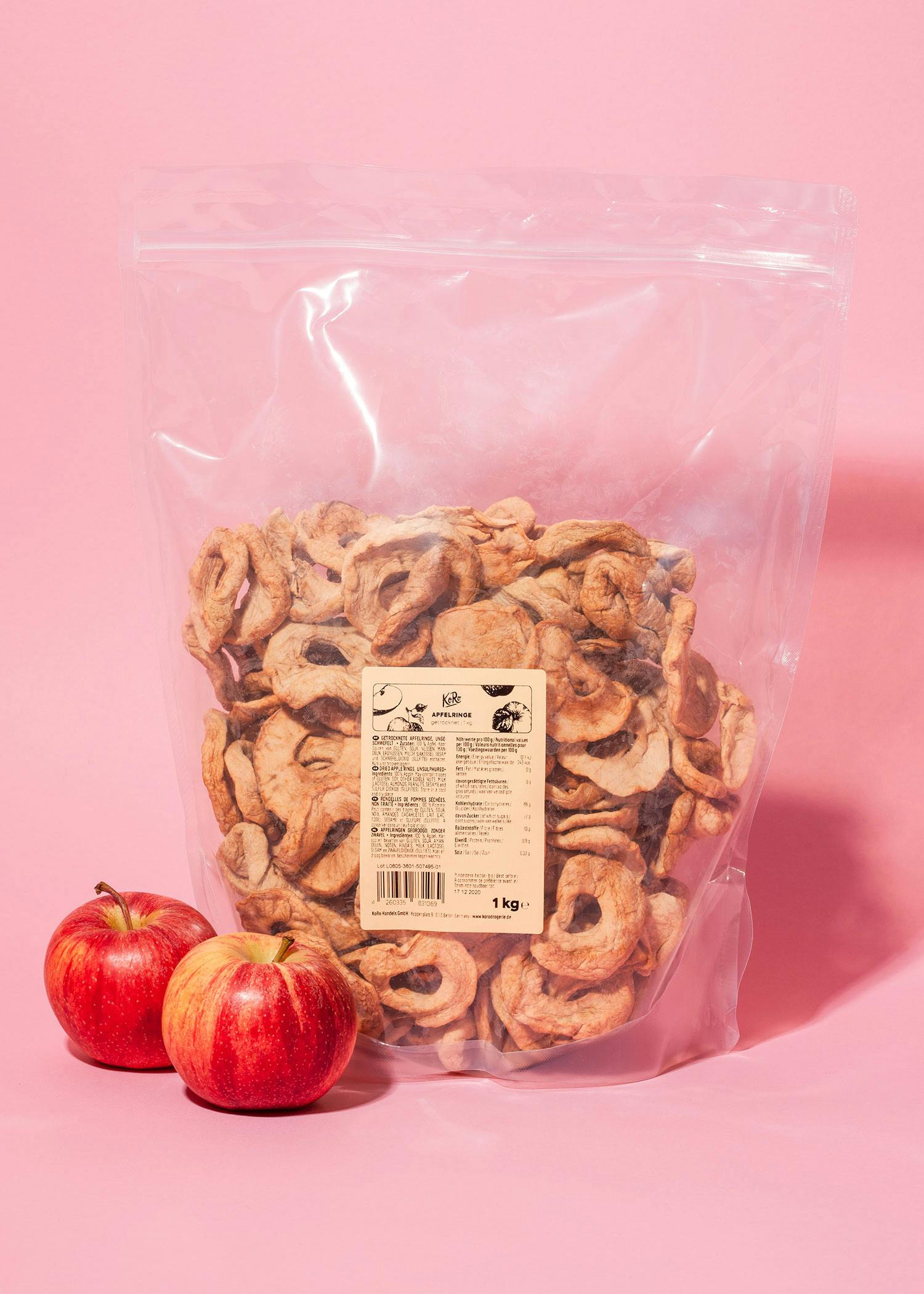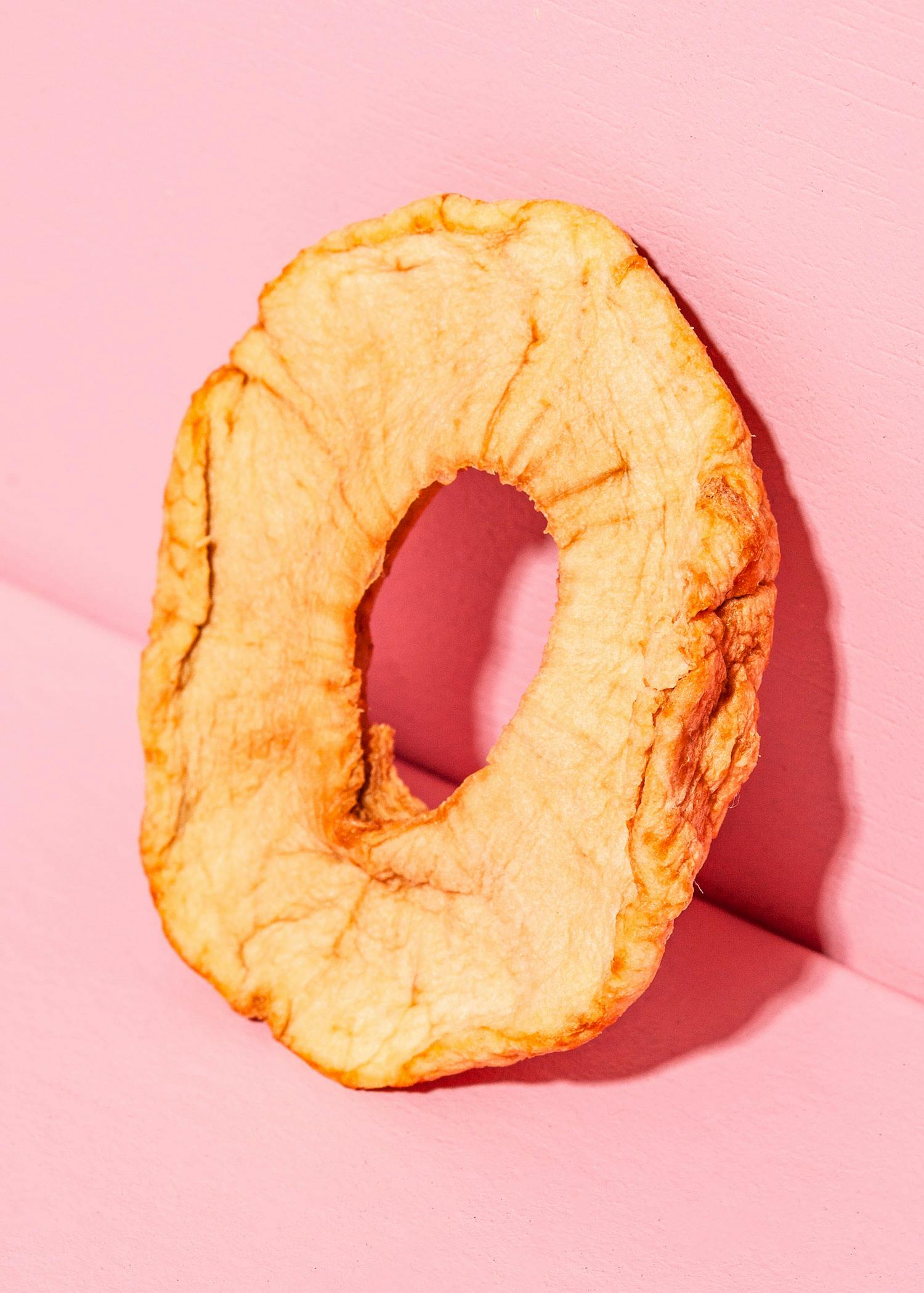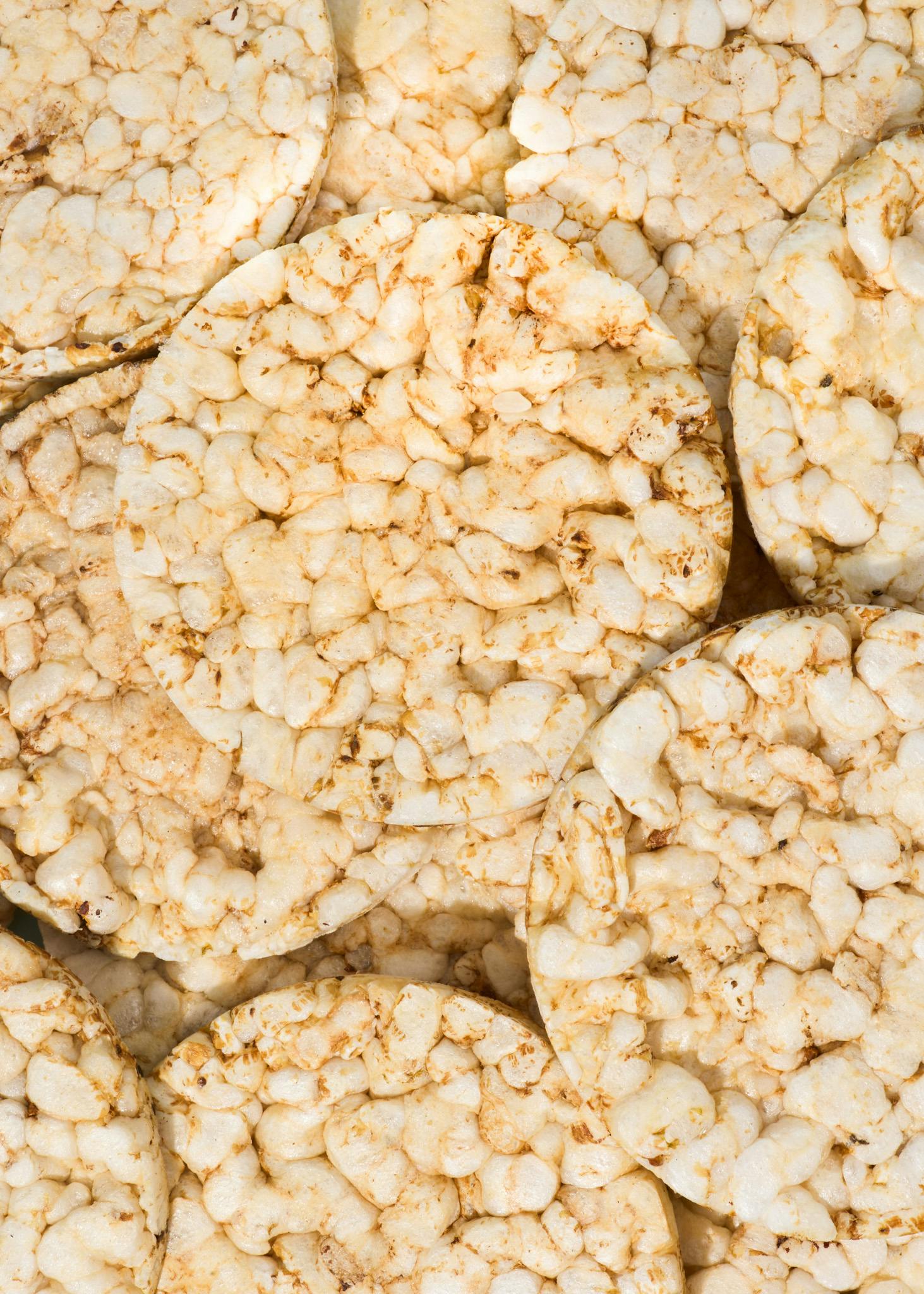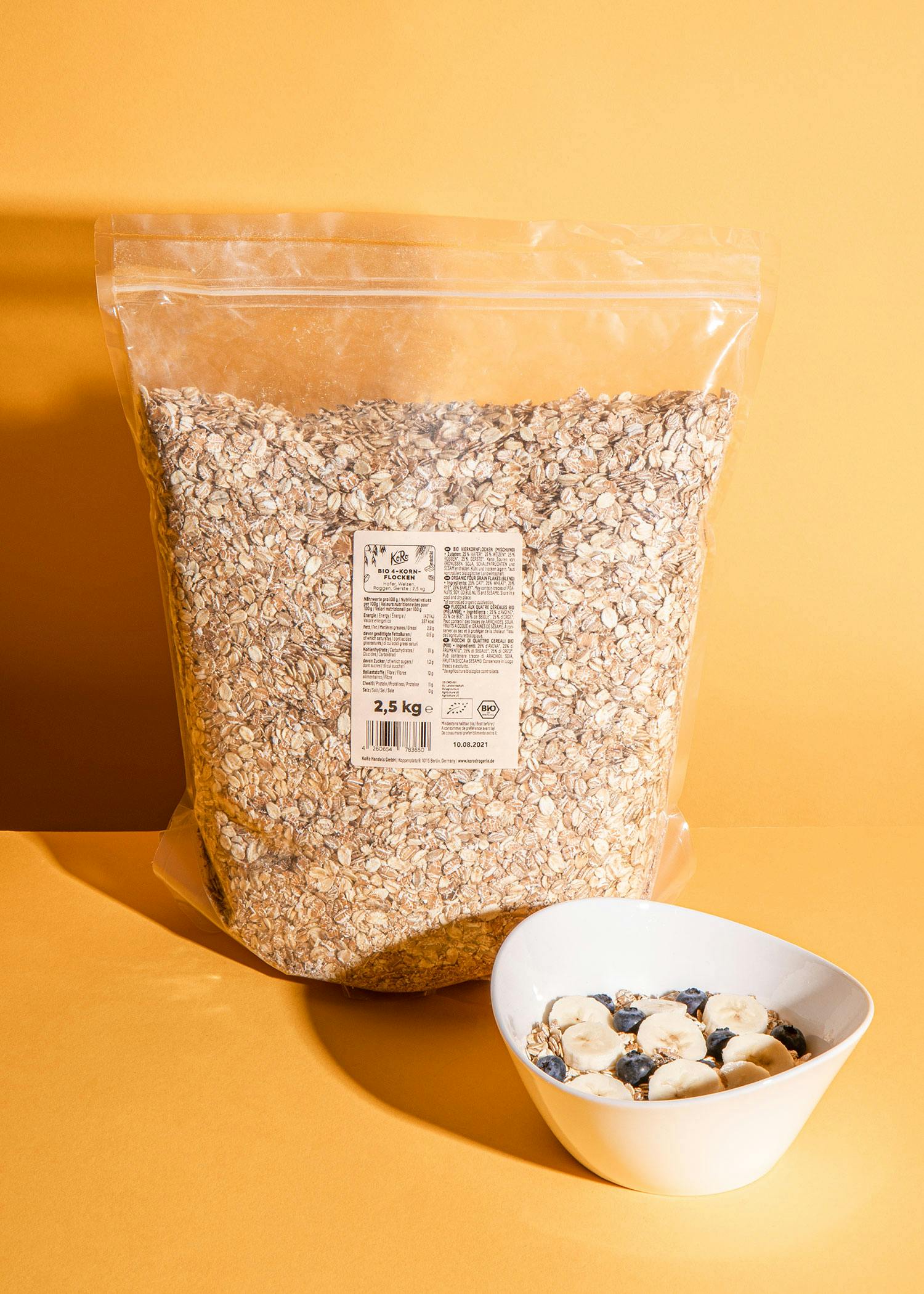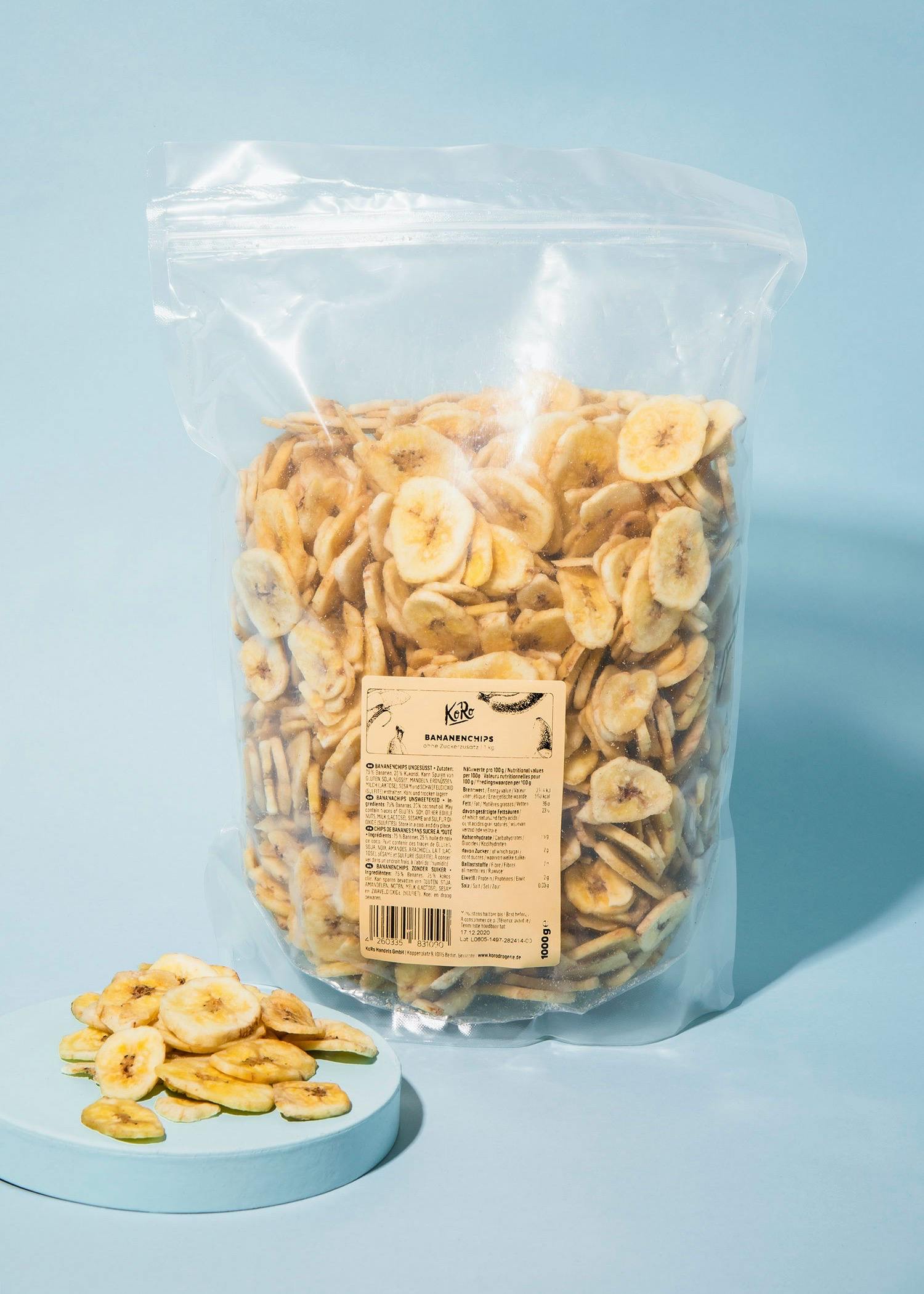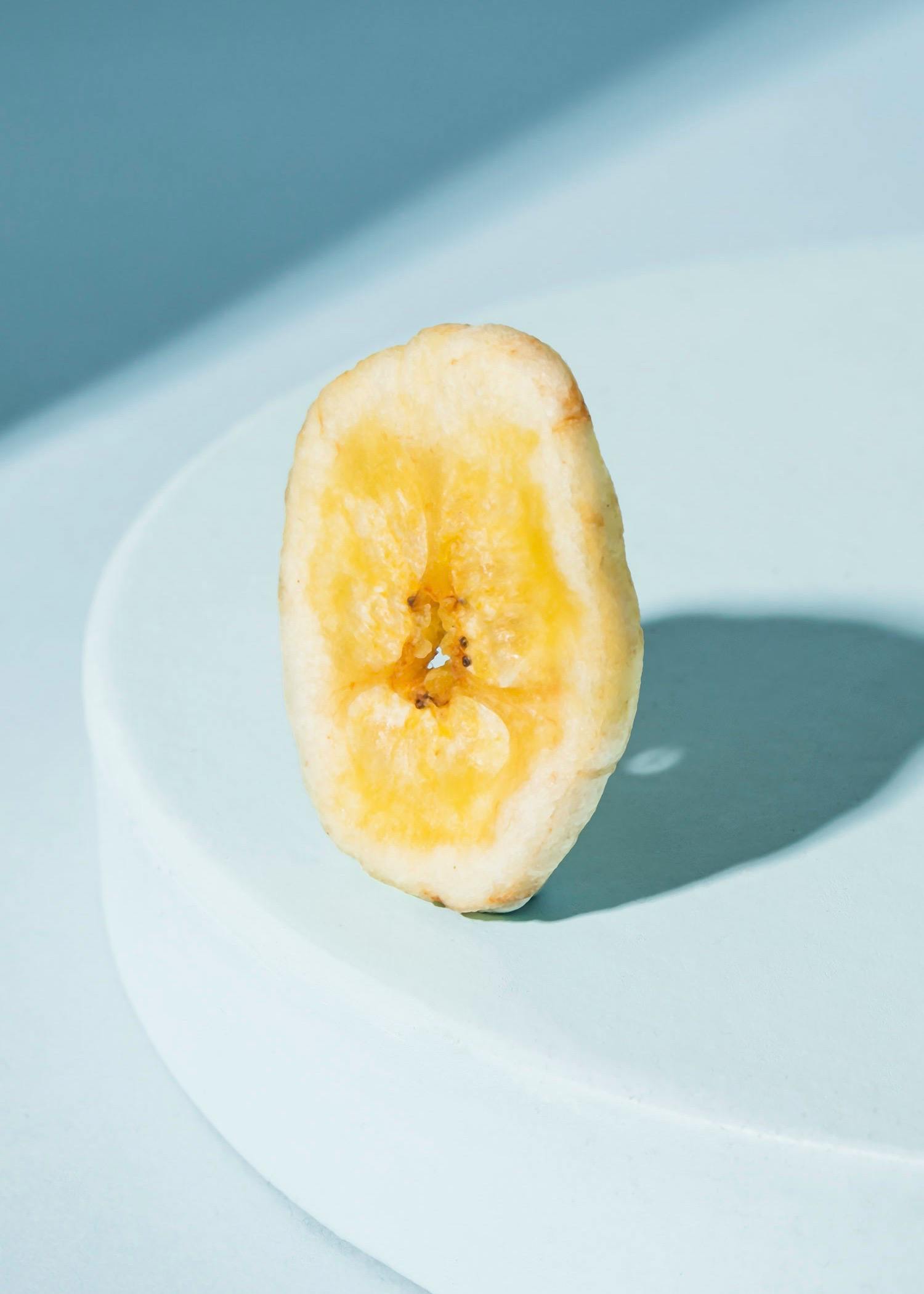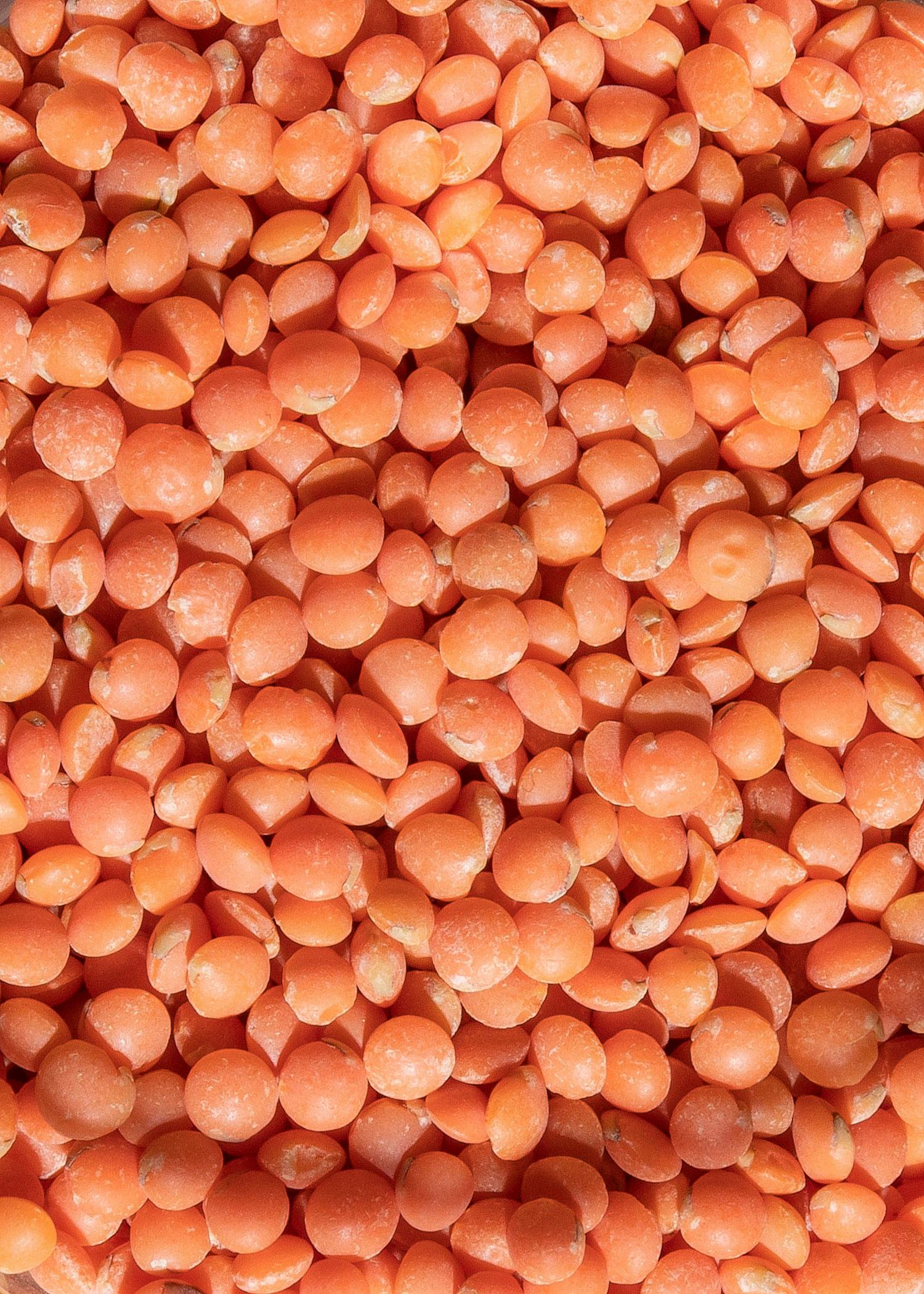What exactly are carbohydrates?
You might be thinking of pizza, pasta and baked potatoes - that's right! However, we want to take a more scientific look at these tasty treats. That's why we're going to start with a bit of biochemistry, but don't worry, we'll explain it to you in a very light-hearted way. Carbohydrates are organic compounds consisting of carbon, hydrogen and oxygen. The macronutrient can be divided into monosaccharides (monosaccharides, e.g. glucose), disaccharides (disaccharides, e.g. sucrose) and polysaccharides (polysaccharides, e.g. starch). That was quite simple up to this point, wasn't it?
Why do we need carbohydrates?
Carbohydrates provide energy for every cell in your body by using the glucose to create ATP in the cells. ATP is our body's main source of energy and ensures that you can perform all physical and mental processes with flying colors. From washing your hands every day to solving complicated math problems, ATP is your buddy. Carbohydrates are the preferred source of energy for the formation of ATP because the supply of glucose is the easiest and quickest for the body. This is why most people's diet consists of 50-60% carbohydrates.
How are carbohydrates digested?
The body's aim when digesting carbohydrates is to break down all disaccharides and polysaccharides into monosaccharides. You can remember this as follows: simple sugars are simply easier to digest. For example, they can be used and stored for energy production. Incidentally, the splitting process even begins in the mouth, as saliva contains amylase, an enzyme that splits long starch chains (polysaccharides) into shorter chains (oligo- and disaccharides). You can even test it on yourself. Just take a bite of a piece of toast and chew until you get a mash. Can you taste the difference? The toast should taste sweeter than at the beginning. You can also literally taste the conversion of starch to sugar in bananas. The riper the banana is, the sweeter it tastes. But back to the digestion of our toast. In the stomach, the amylase is deactivated by the stomach acid, which is why no further carbohydrate digestion takes place there. However, our toast, or what is left of it, slips into the small intestine, where the amylase of the pancreas is already waiting for it and ensures that only disaccharides are present further down the line. This is because these are broken down into monosaccharides (simple sugars) by disaccharidases on the intestinal wall and thus enter the bloodstream. If your body needs the energy from the toast directly, the monosaccharides are immediately passed on to the cells that have the greatest energy requirement. If not, the glucose can be stored in the liver and muscles in the form of glycogen. The cool thing is that you can fall back on this at any time, e.g. if you have to sprint to the train on an empty stomach in the morning: carbohydrates got you.
How do carbohydrates differ from each other?
If you haven't skipped the biochemical part, you already know that carbohydrates are divided into monosaccharides, disaccharides and polysaccharides. Simple sugars, such as glucose, no longer need to be broken down and can be absorbed directly into the bloodstream. How convenient! However, for the body this also means that the blood sugar level rises quickly. It now has to quickly release a lot of the hormone insulin, which helps the glucose to get from the blood into the cells. However, due to the rapid absorption of glucose, the blood sugar level also drops more quickly and you get hungry again. This is also the case with disaccharides, e.g. household sugar. For this reason, complex carbohydrates, i.e. multiple sugars, are often recommended, as your body needs much more time to break them down and absorb them. This means that your blood sugar level rises more slowly and bingo: your feeling of satiety remains constant.
What sources of carbohydrates are there?
As there is a veritable mass of foods and products available for the various carbohydrates, we will simply present the best-known ones in groups here. You can find simple sugars in the form of glucose in dextrose, but also in the form of fructose in fruit. Nevertheless, the fructose from fruit will not cause your blood sugar level to rise as quickly as the glucose from dextrose, because: Fruit contains a lot of fiber, which slows its absorption into the blood and thus regulates your blood sugar level. So keep eating fruit, because it also contains a lot of different vitamins!
You can find disaccharides in sweets, cakes and desserts, for example. Mmm, is your mouth watering already? Indulge in these treats from time to time, as they can be enjoyed in moderation as part of a balanced diet. Nevertheless, highly processed foods and sweets should make up the smallest part of your daily diet.
Polyunsaturated sugars can be found in pasta, rice, potatoes and lentils, for example. In the case of pasta and rice, the wholemeal version is even more recommended due to the fiber it contains. For your daily portion of carbohydrates, choose wholemeal bread, pasta, rice, potatoes and lentils to get plenty of complex carbohydrates and leave your body with a lot of work to do to break them down. And that's where we come in, because of course we have a few suitable products in our range: try our organic wholemeal spelt noodles for your next pasta dinner, for example, or the organic red lentils in an aromatic curry. We can also recommend our organic wholegrain rice cakes with 7 seeds as a small snack between meals.
